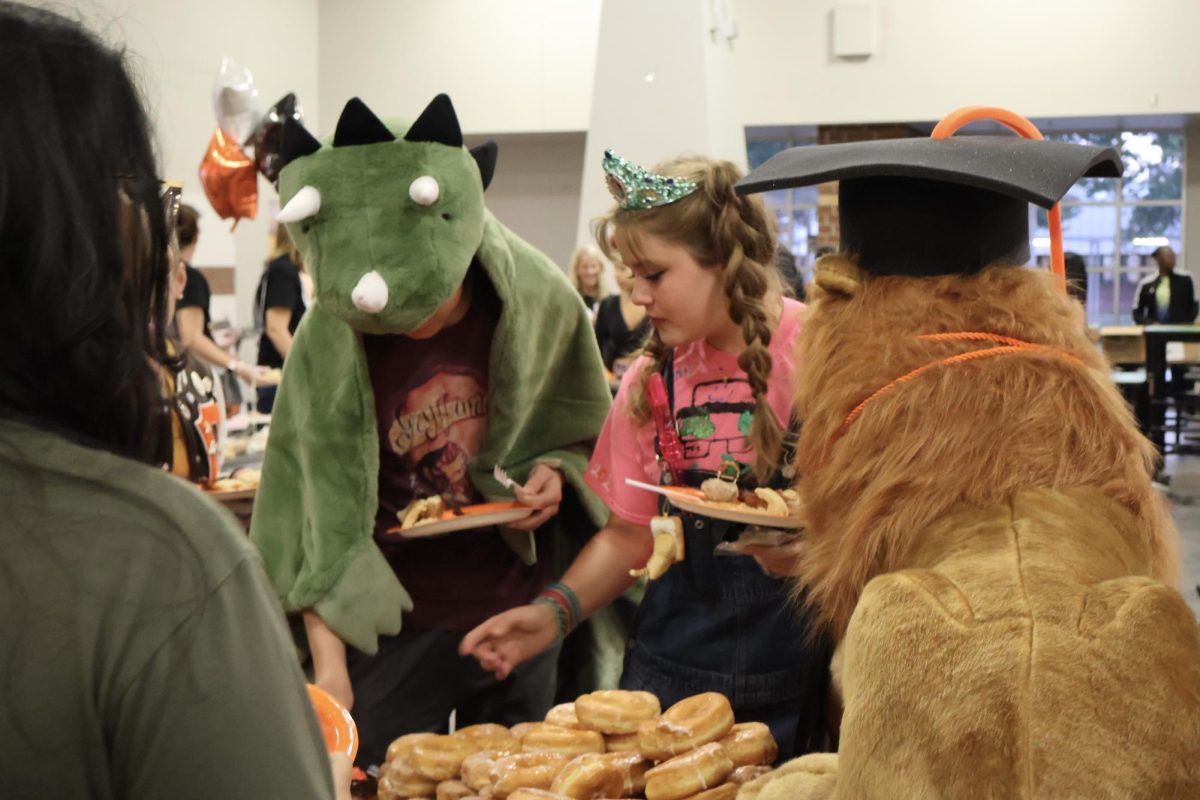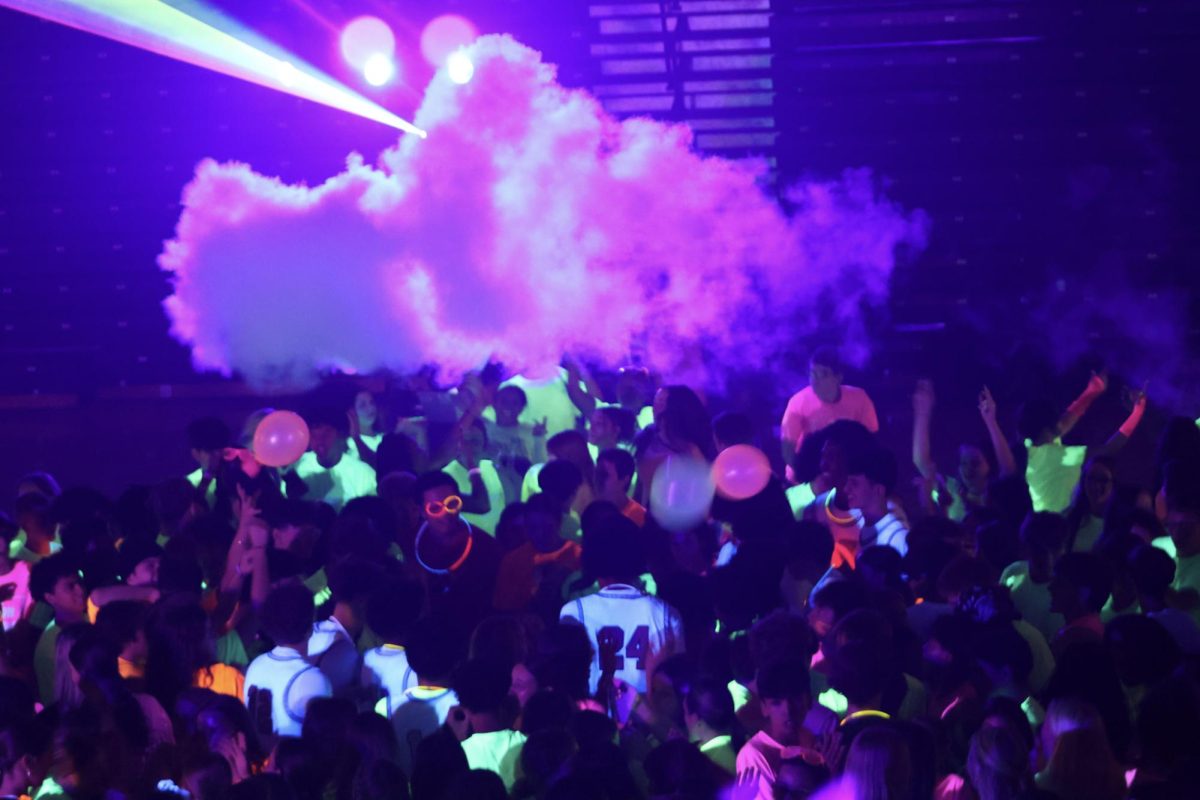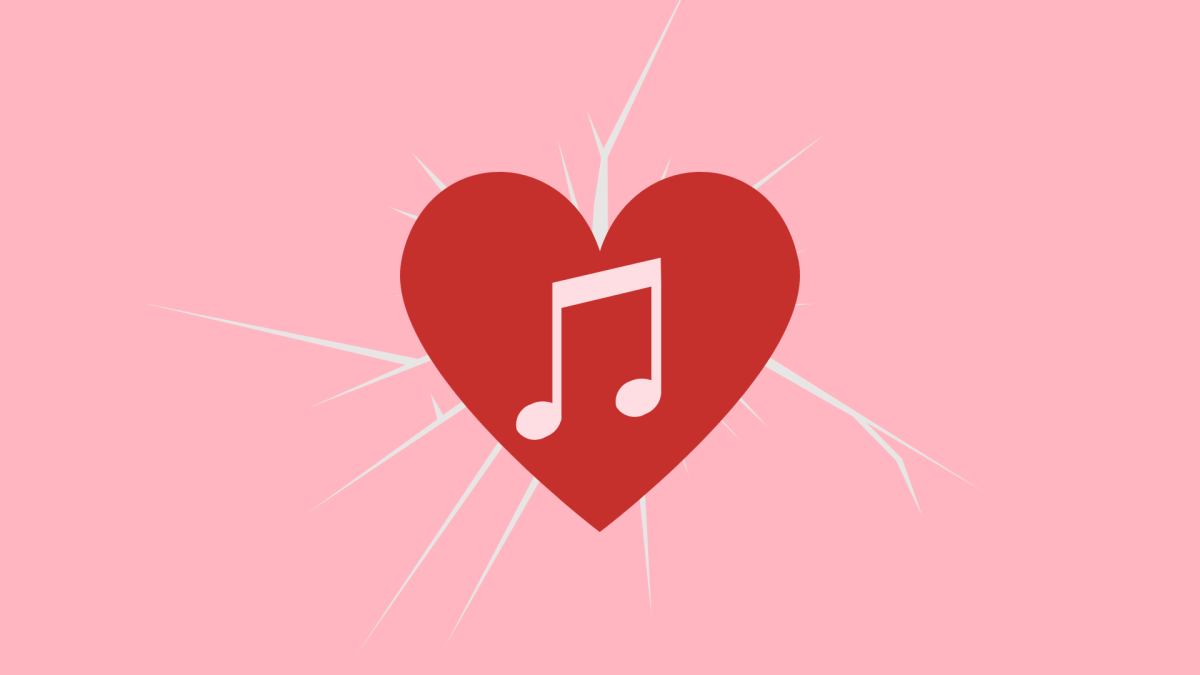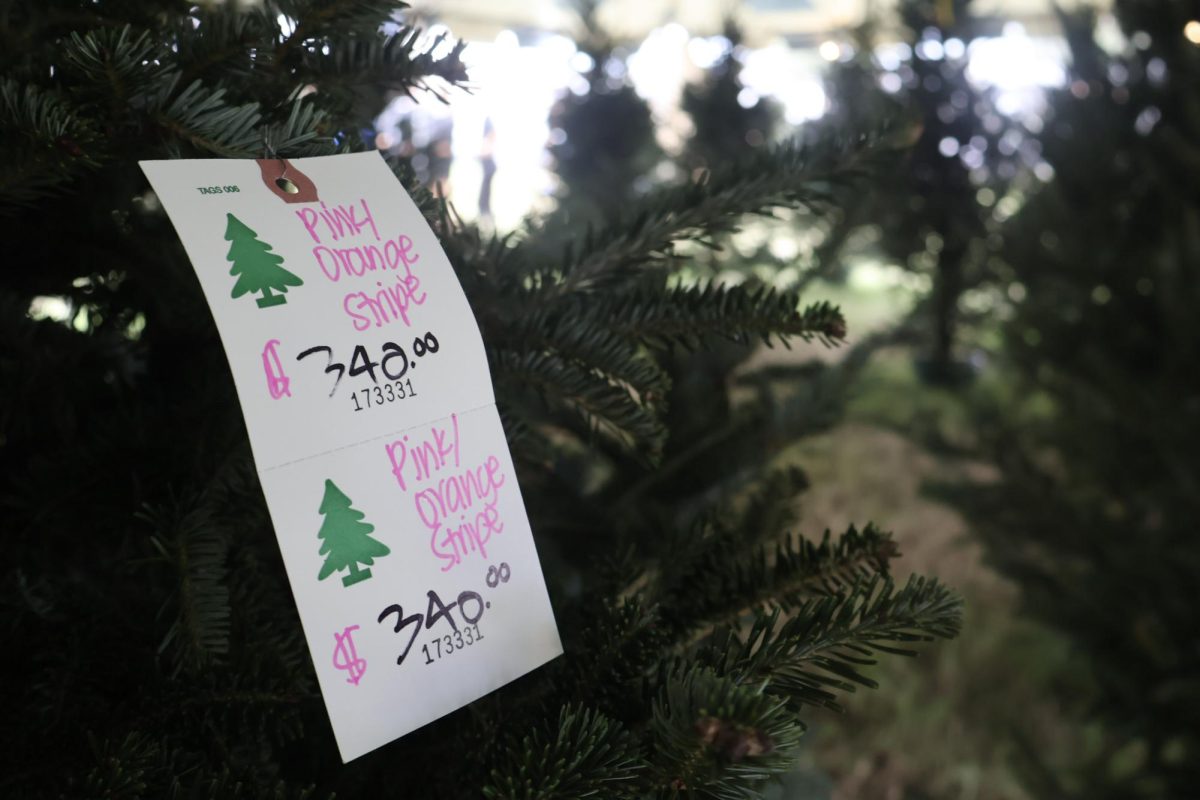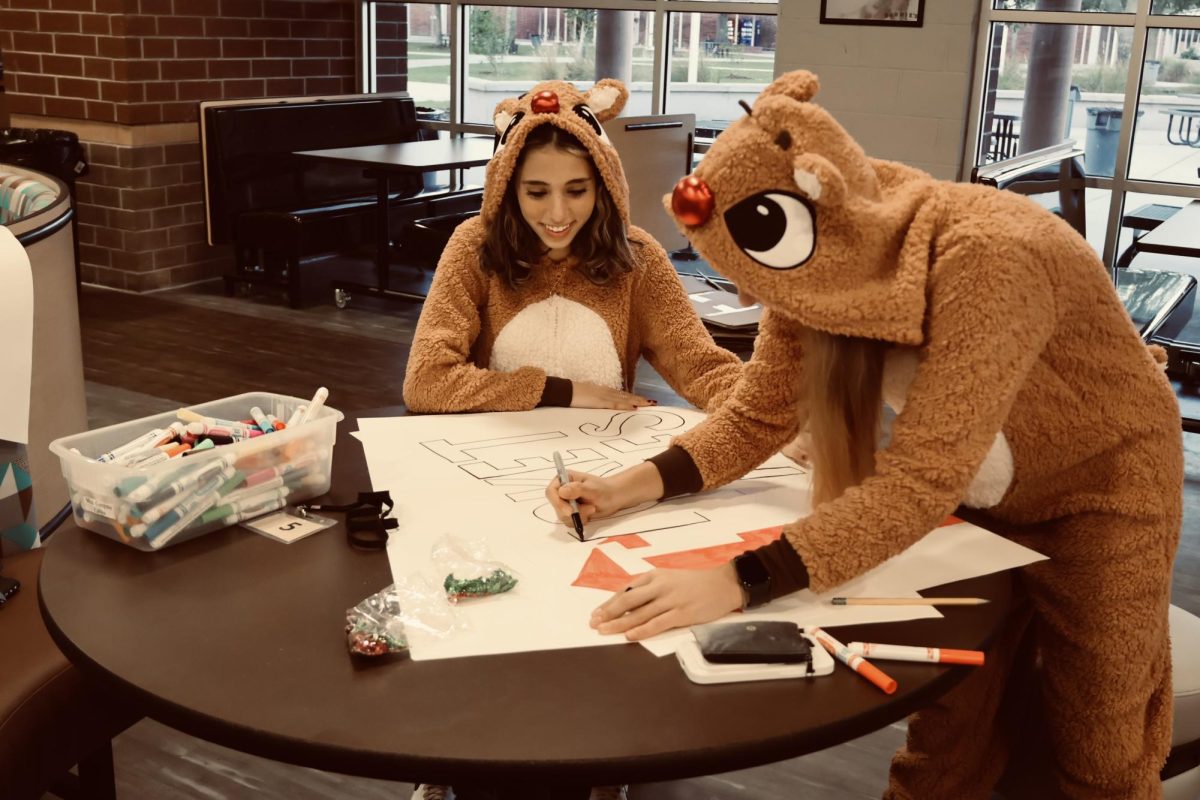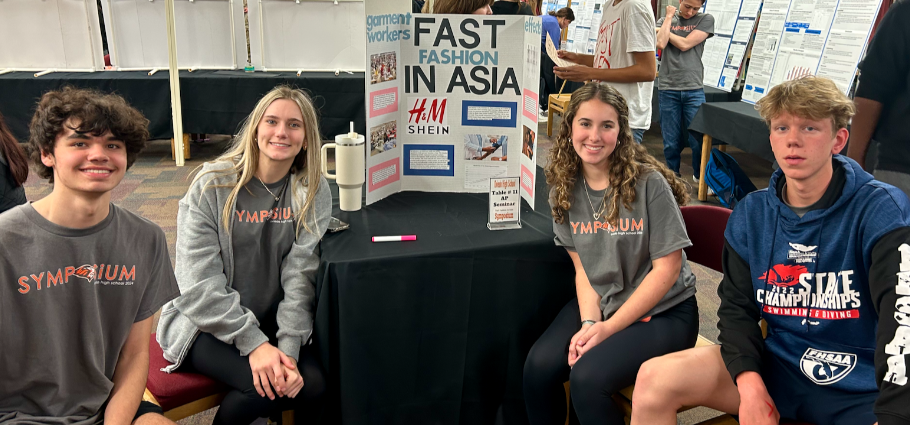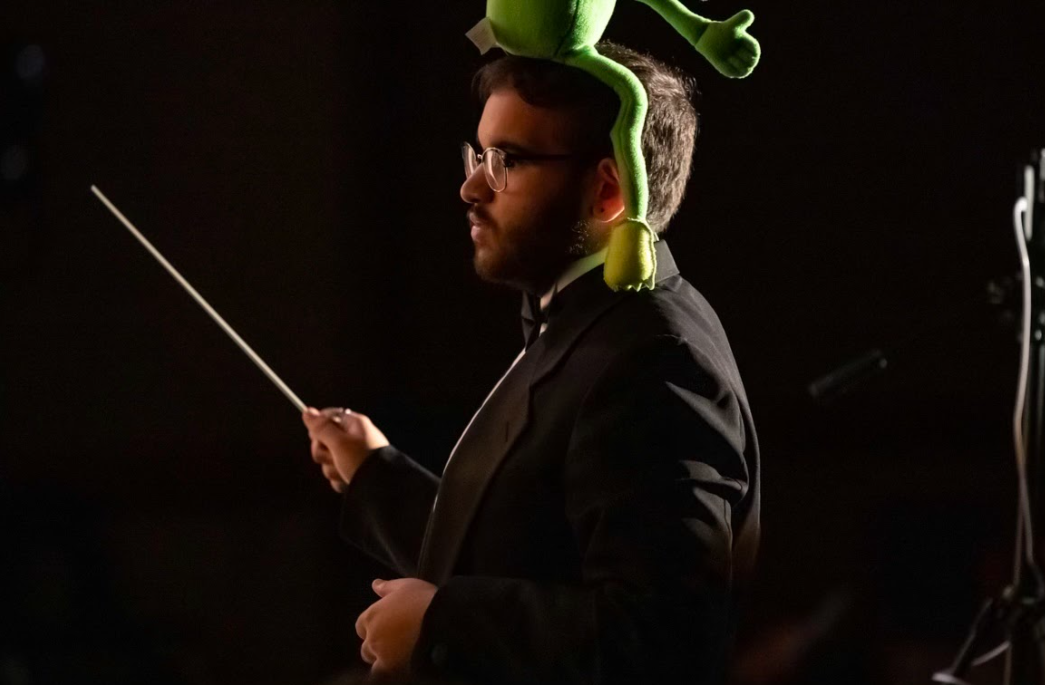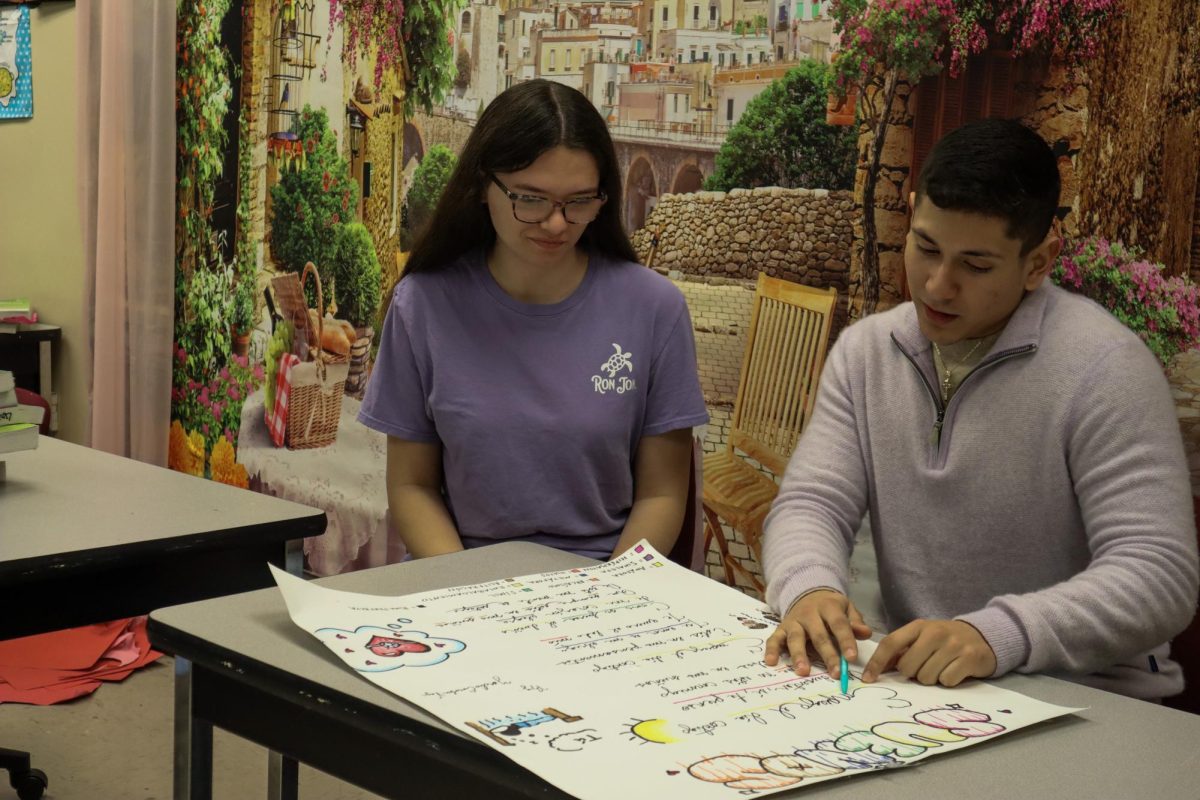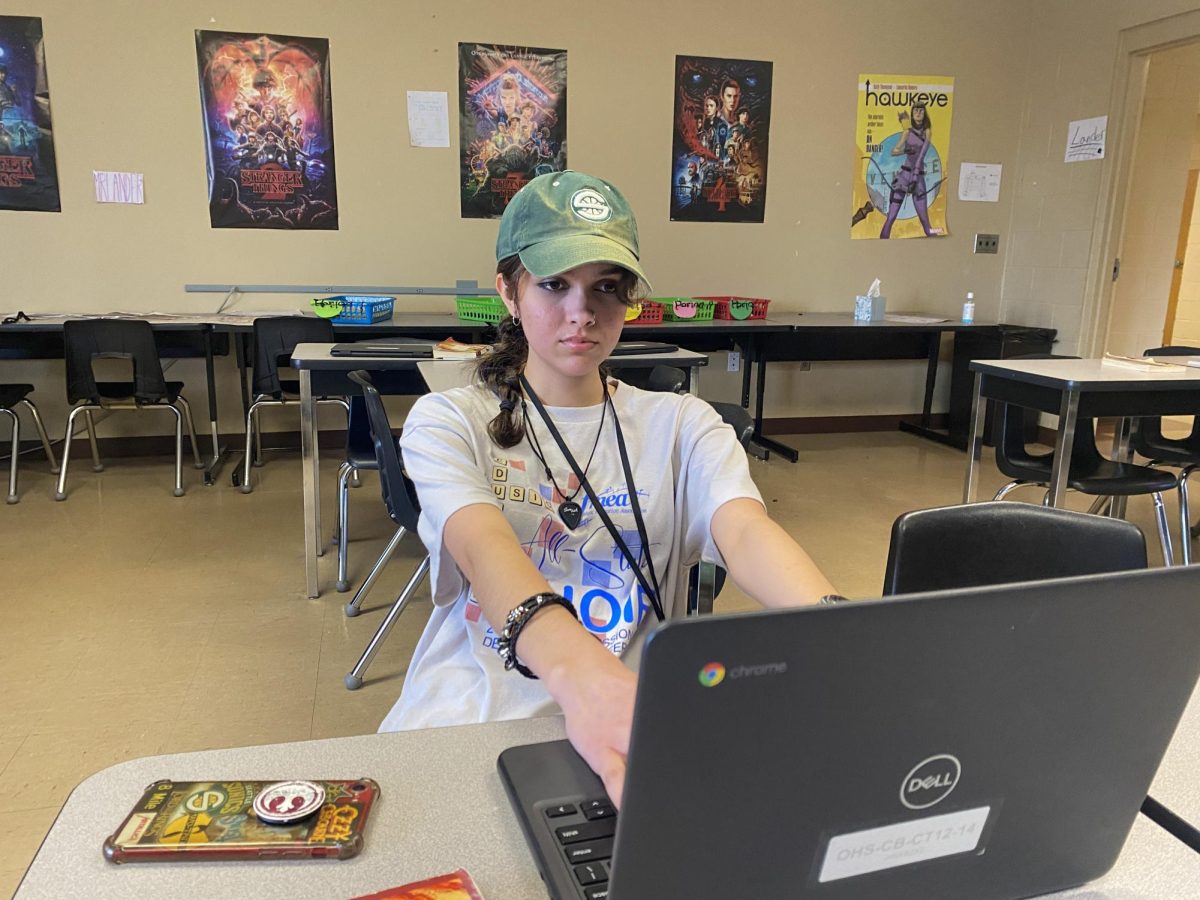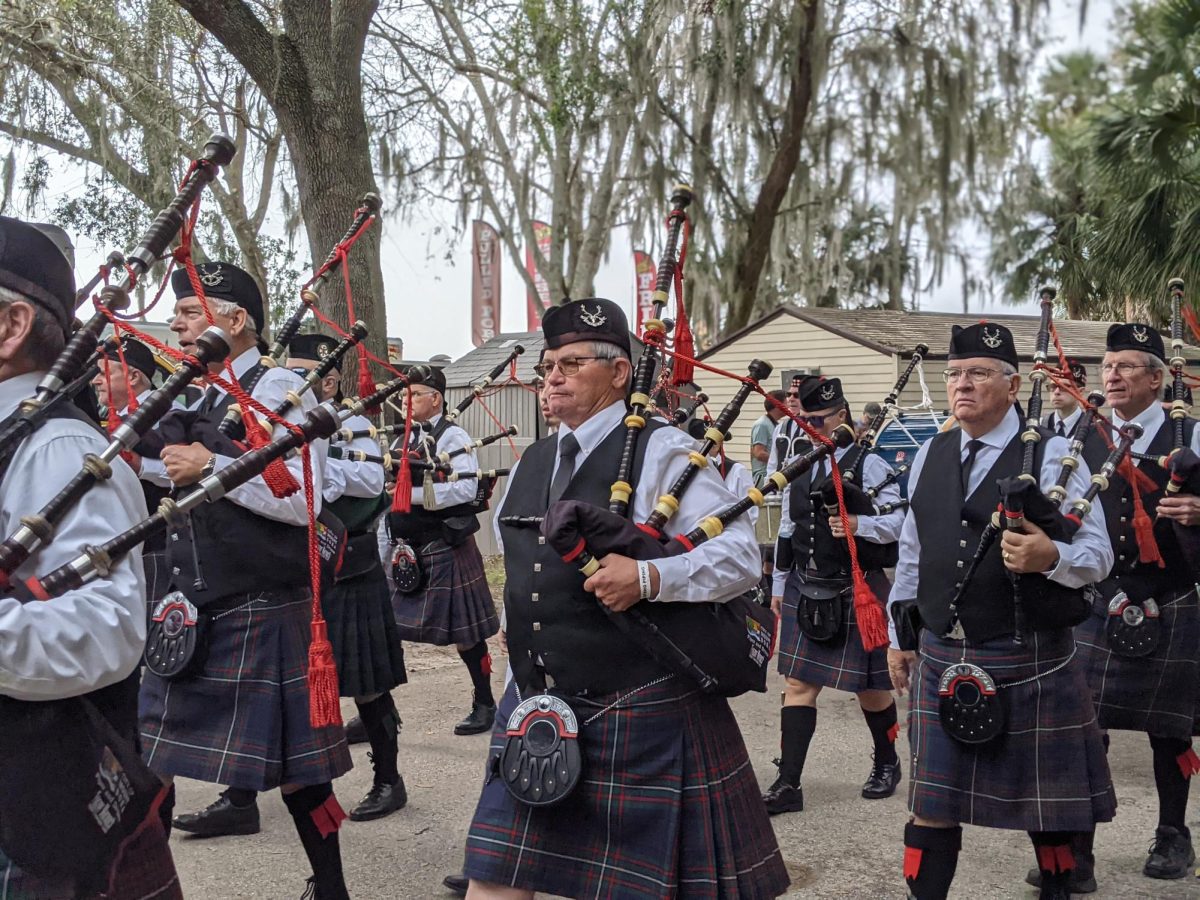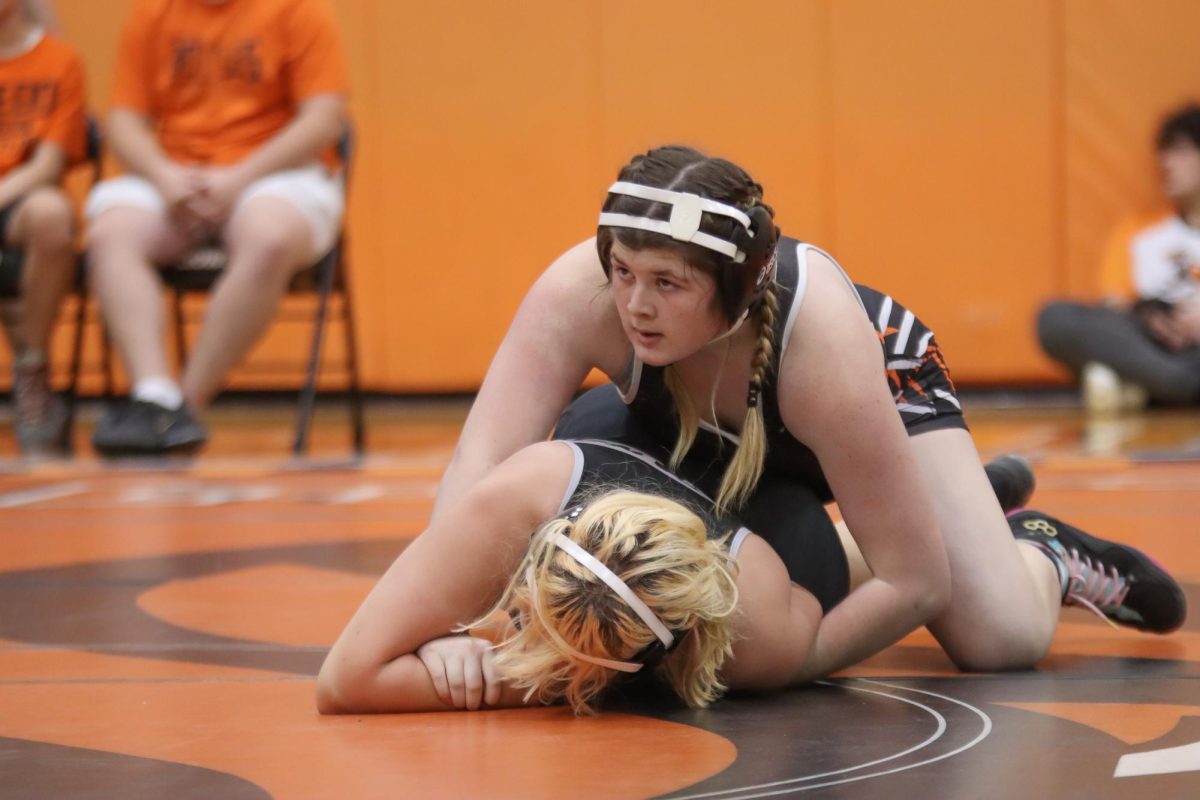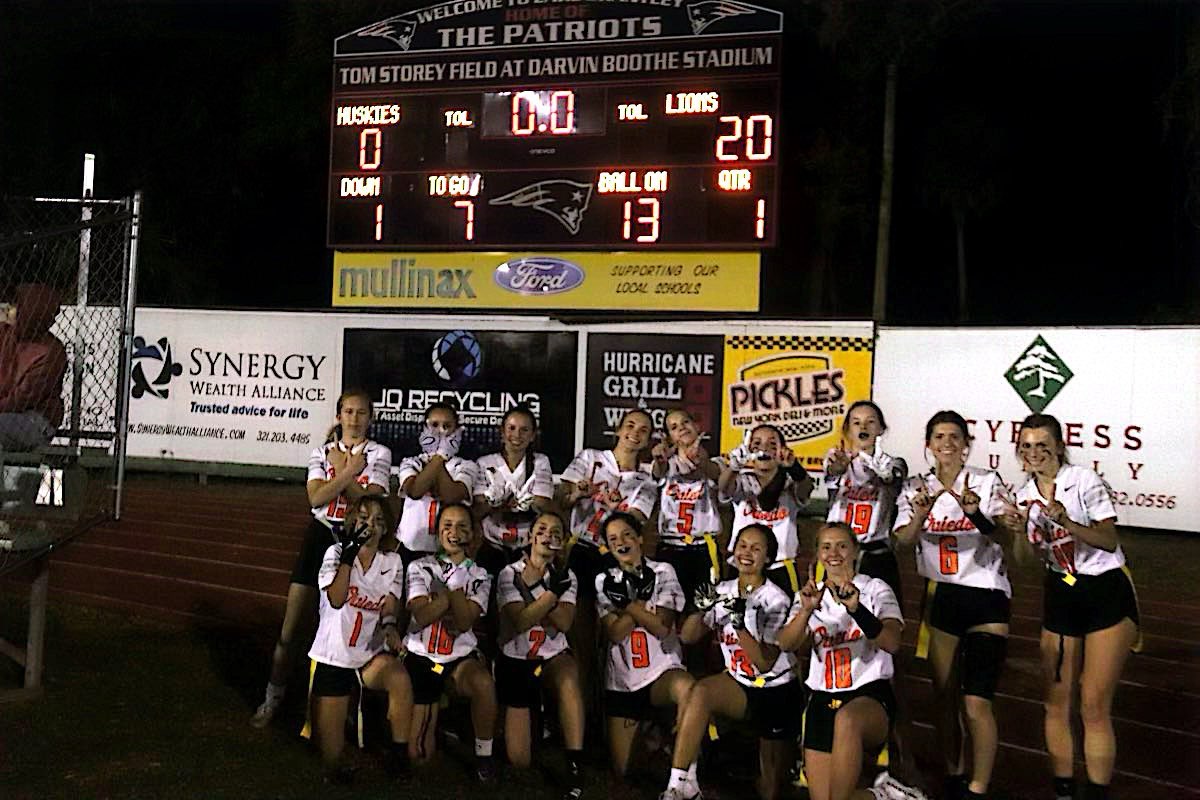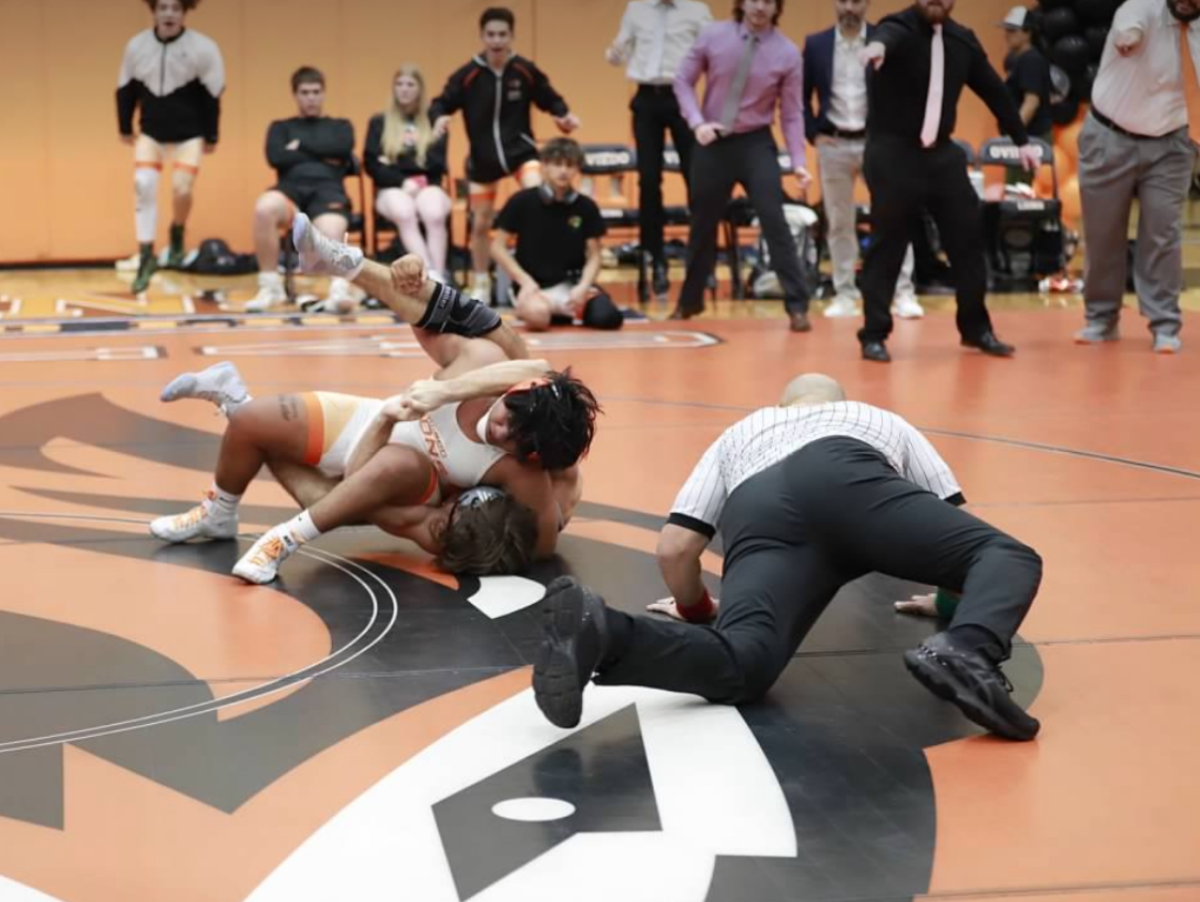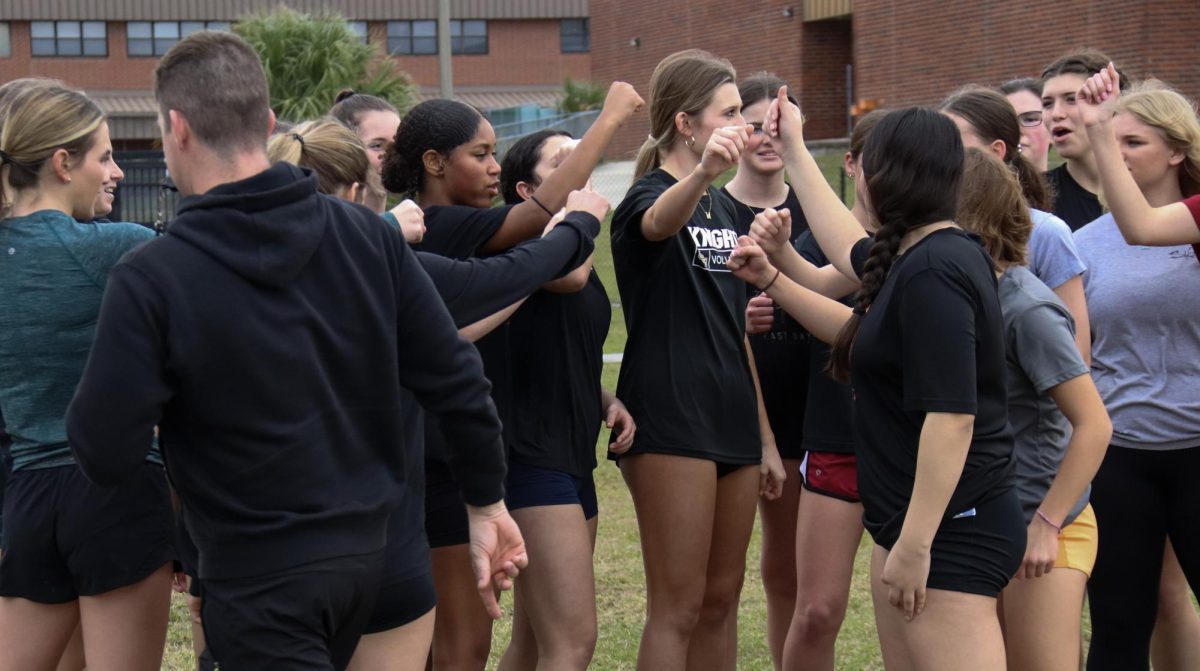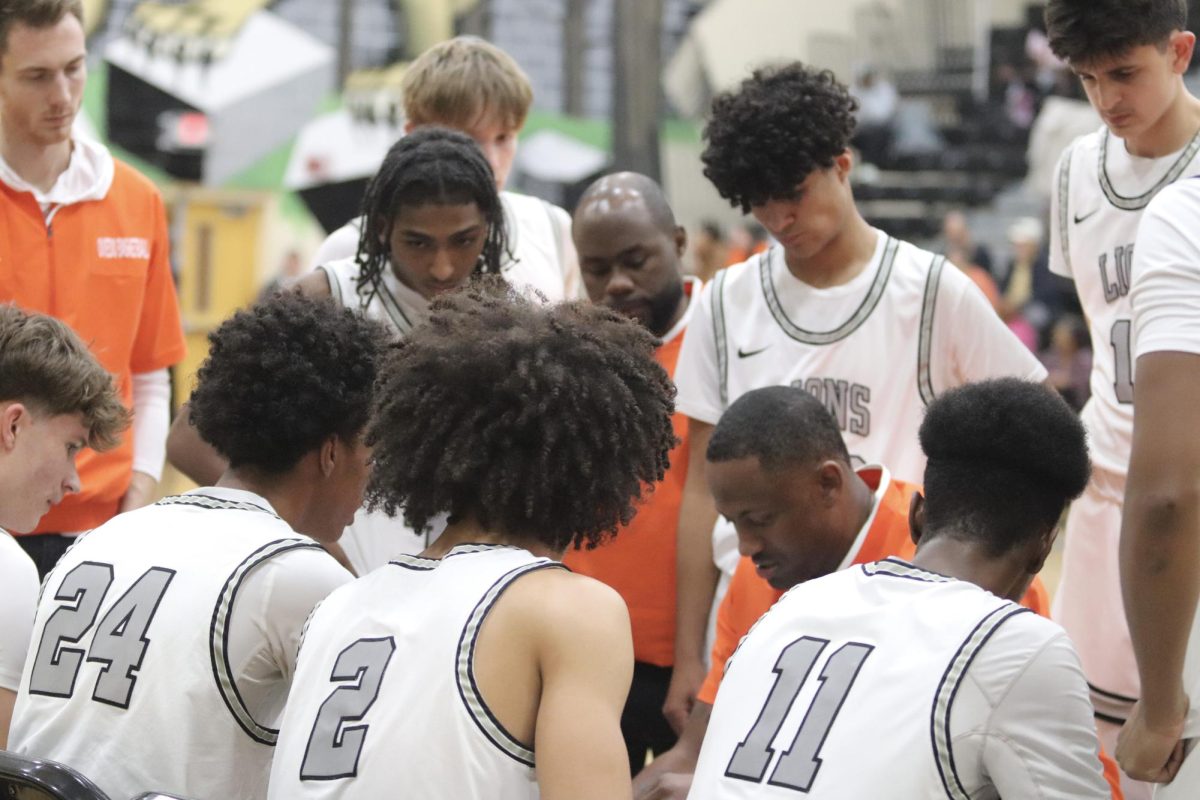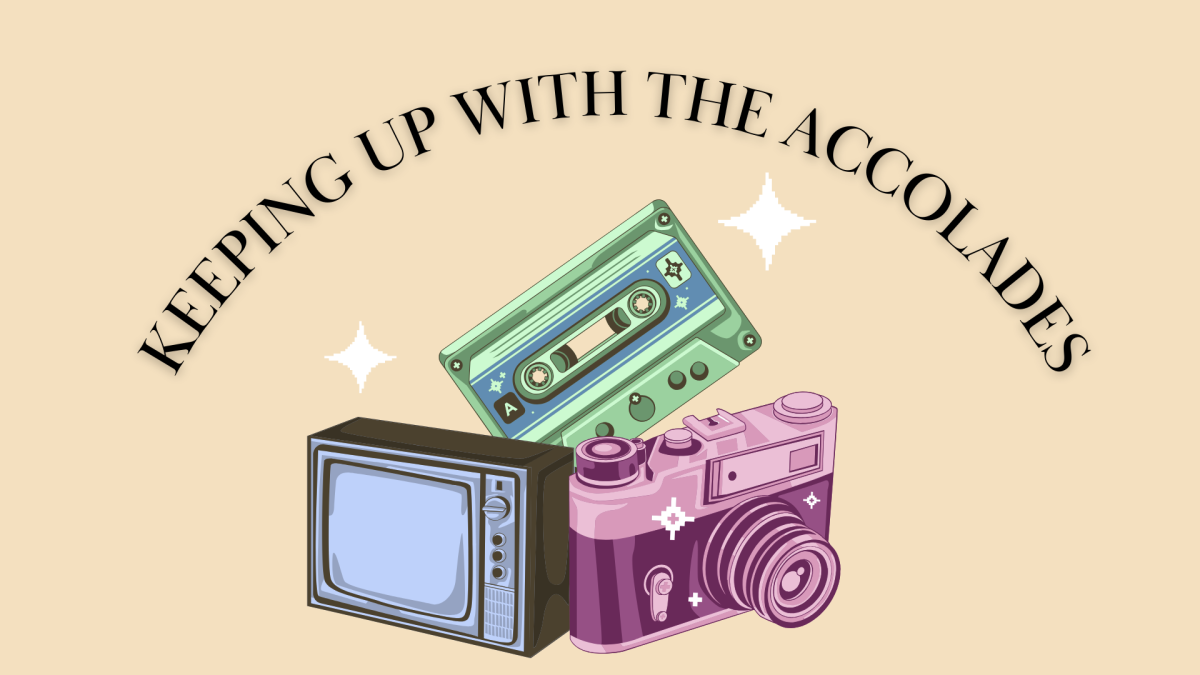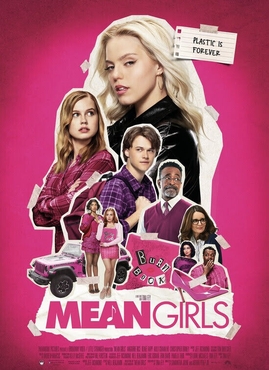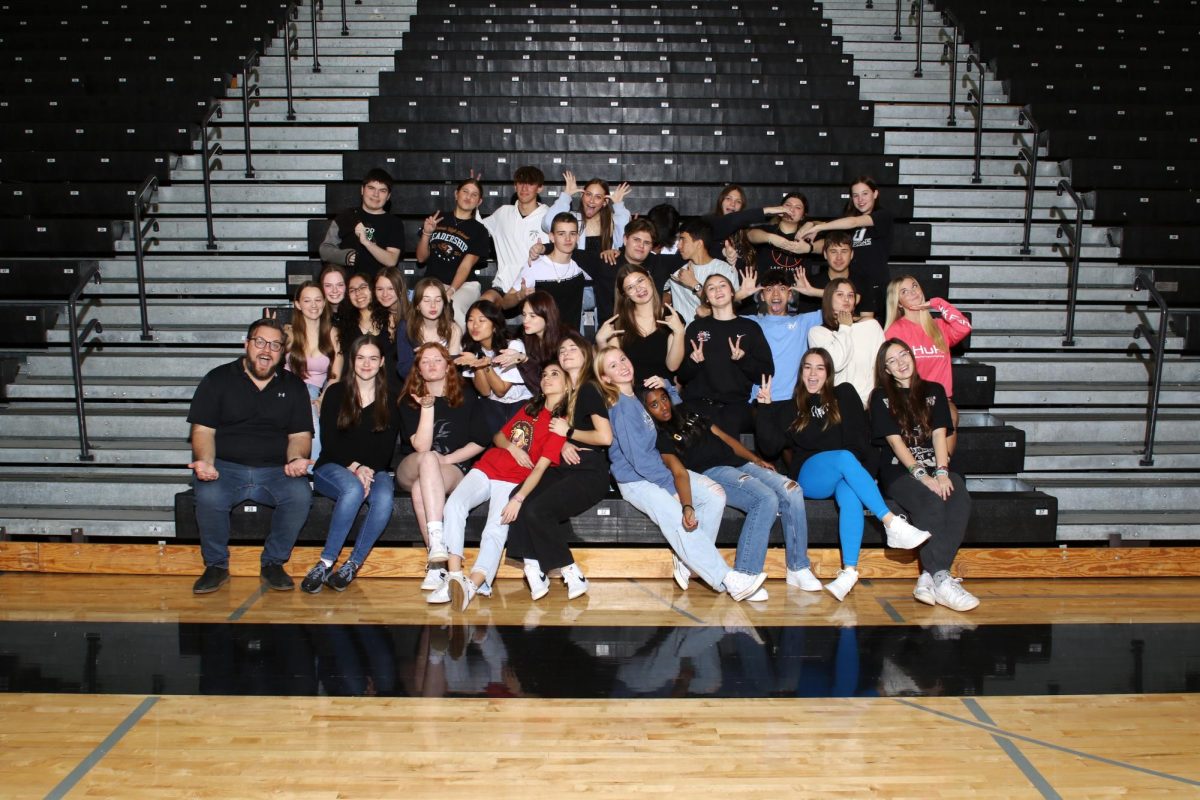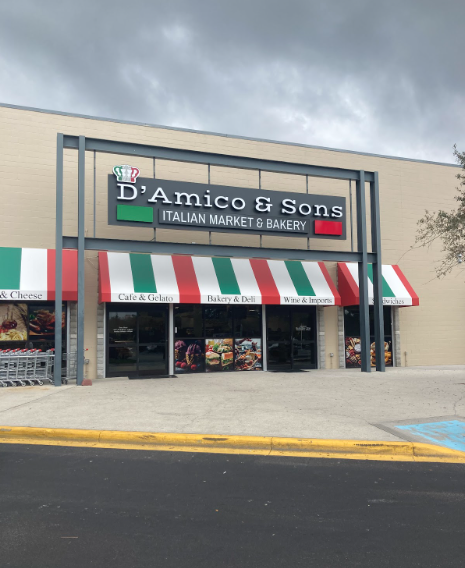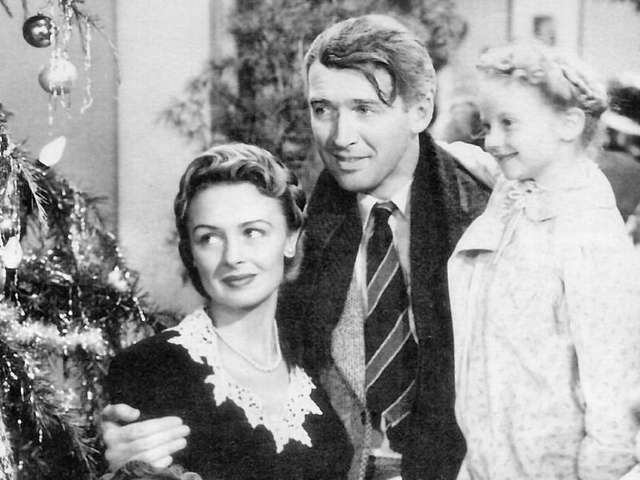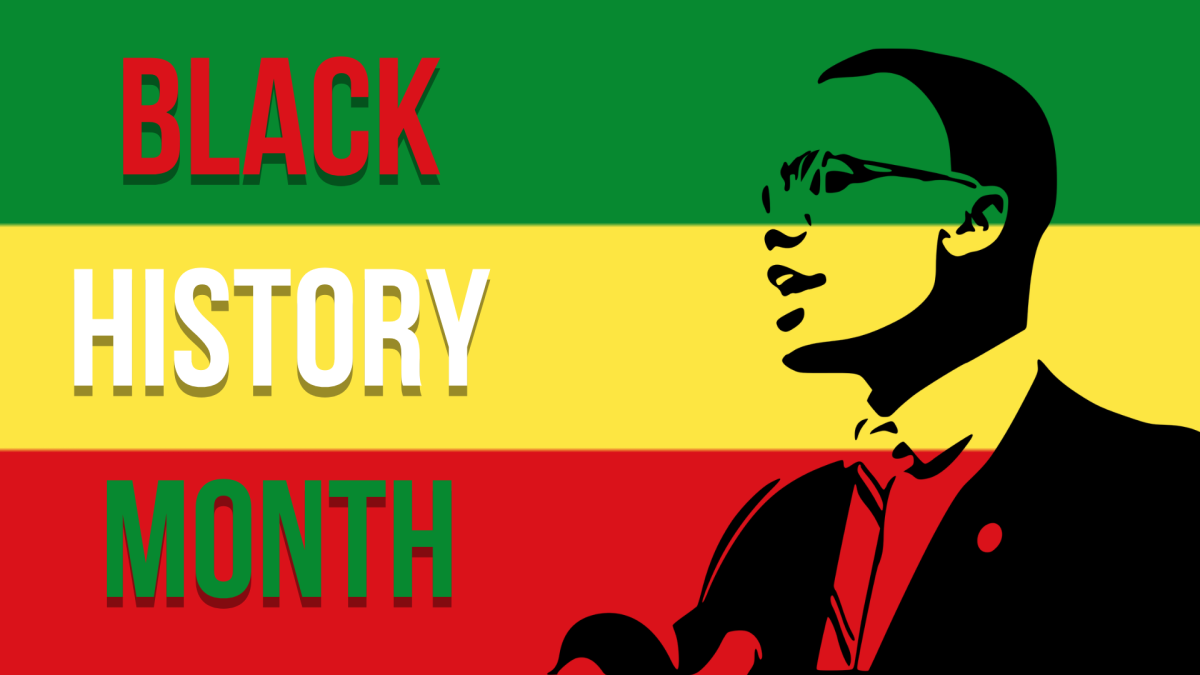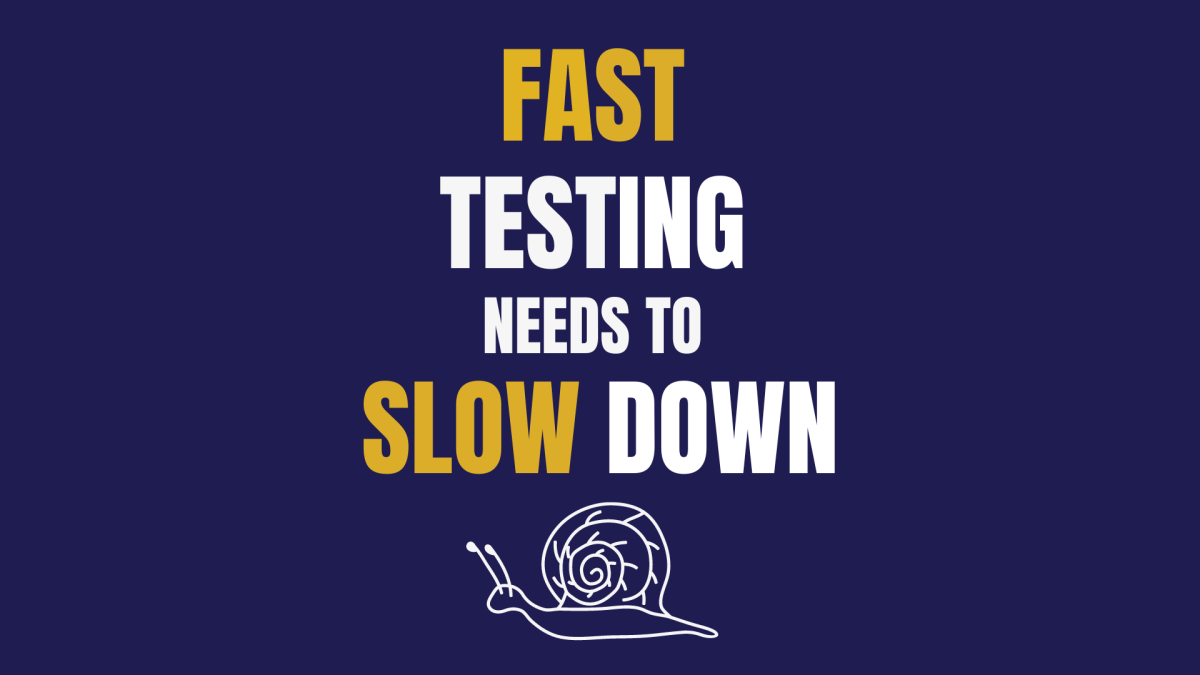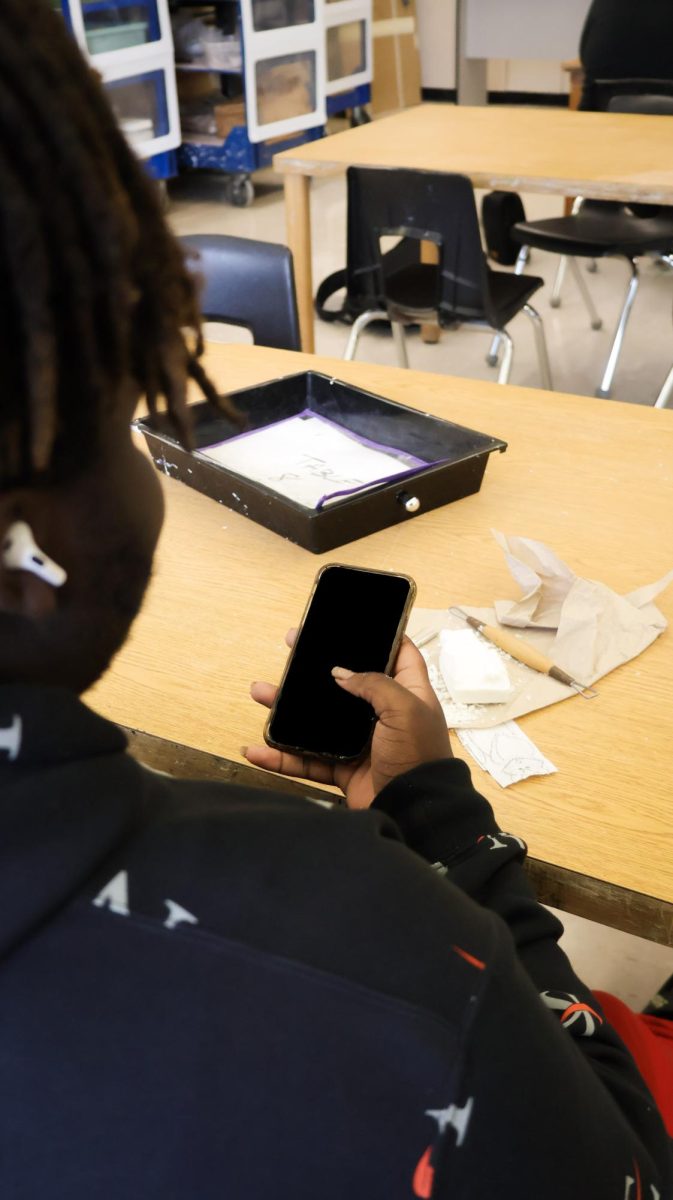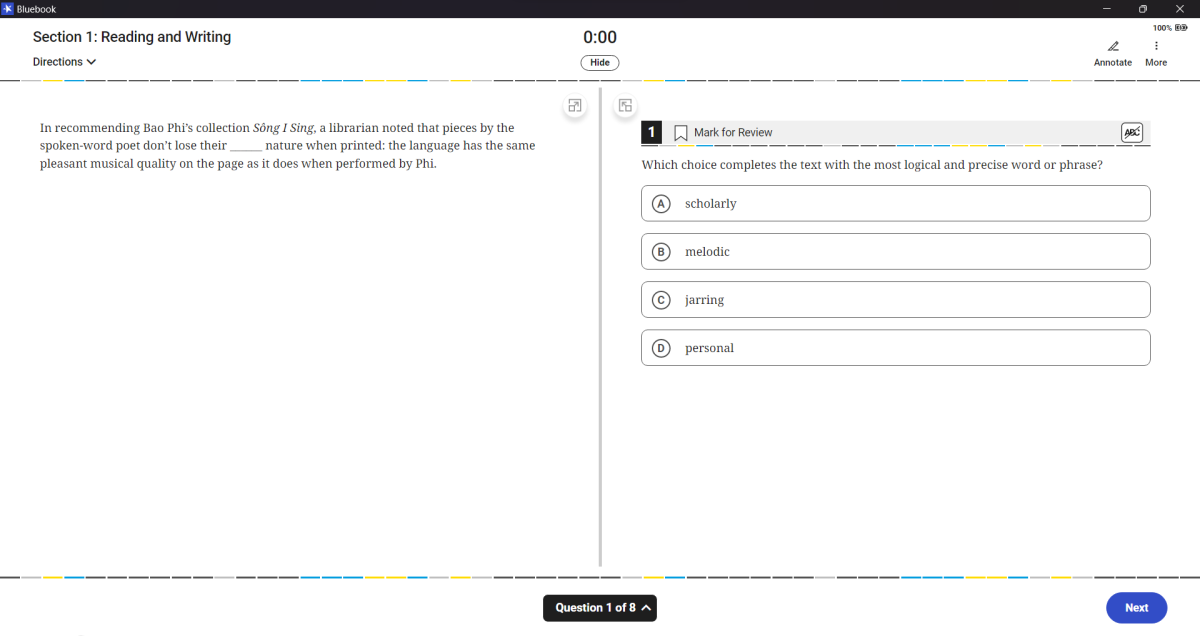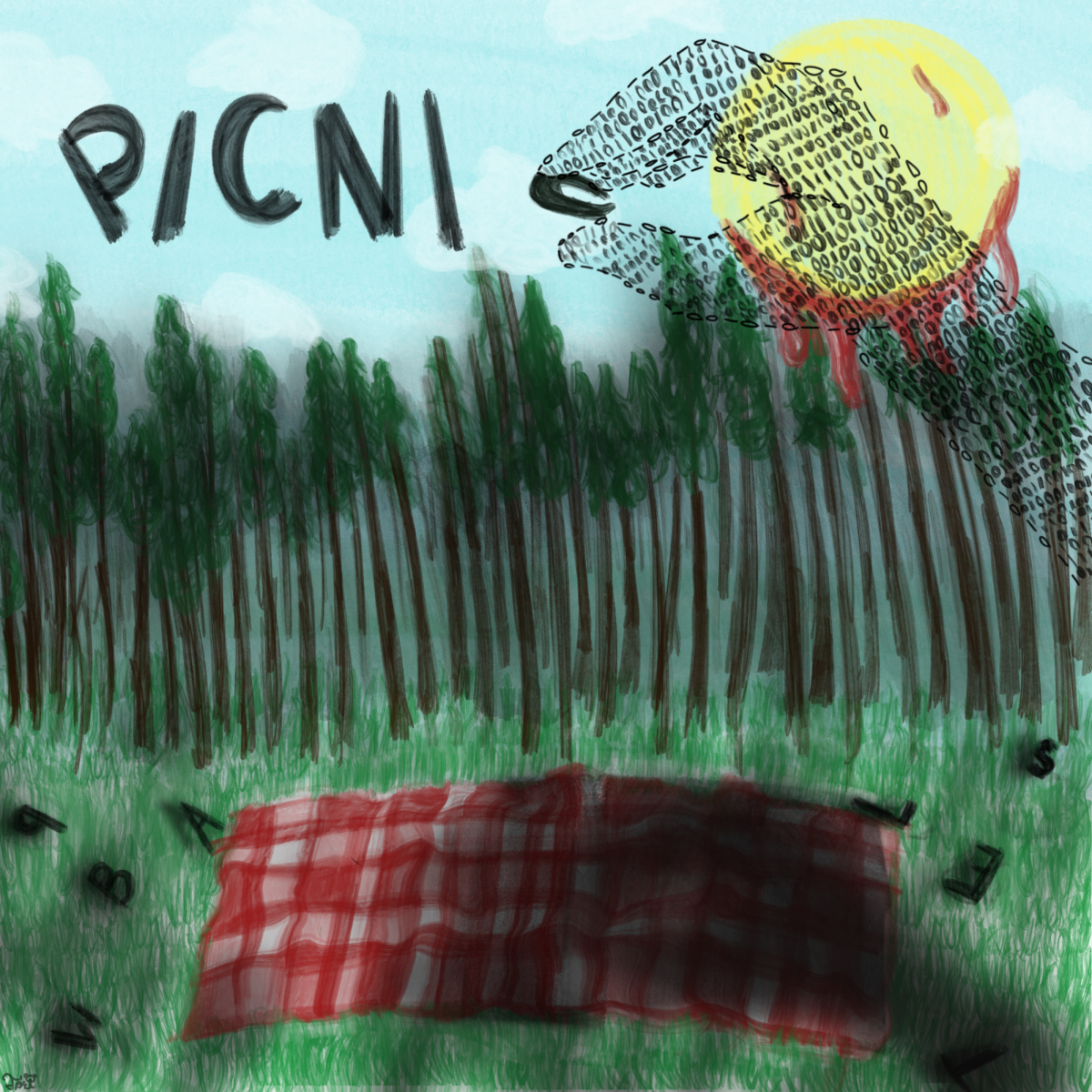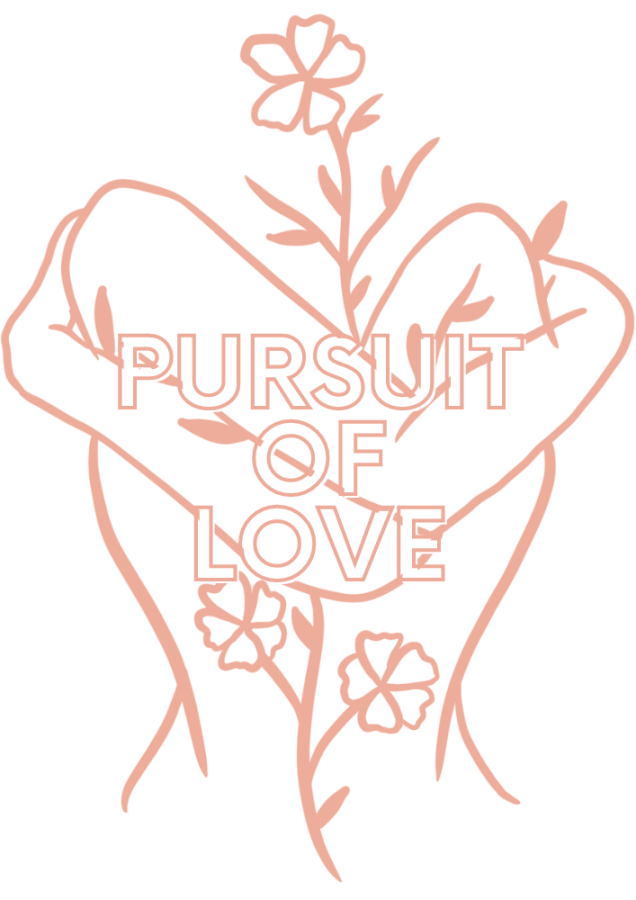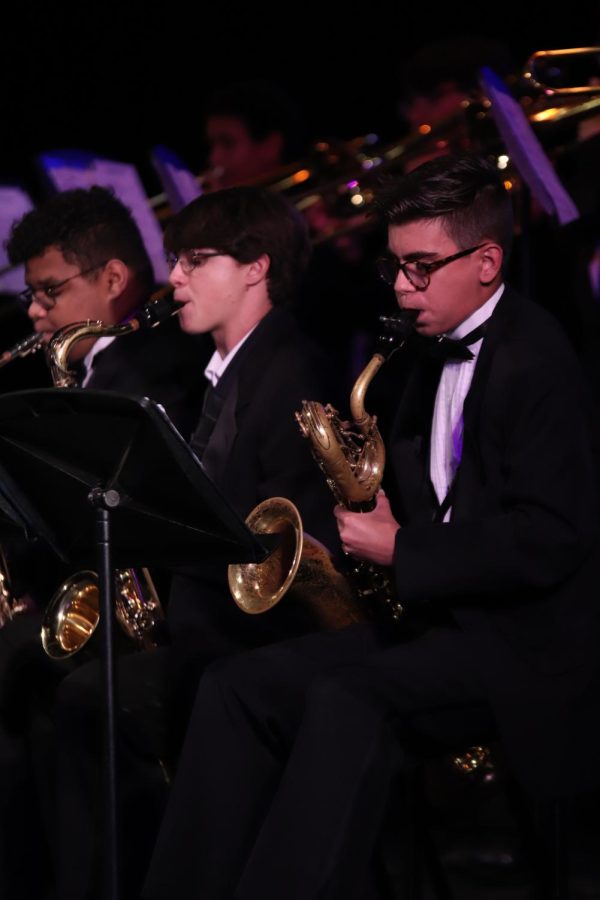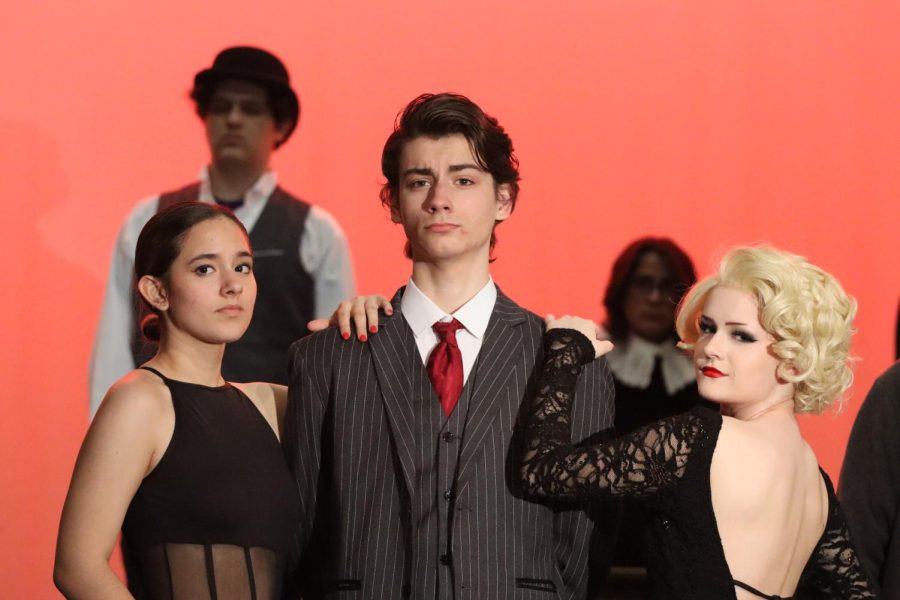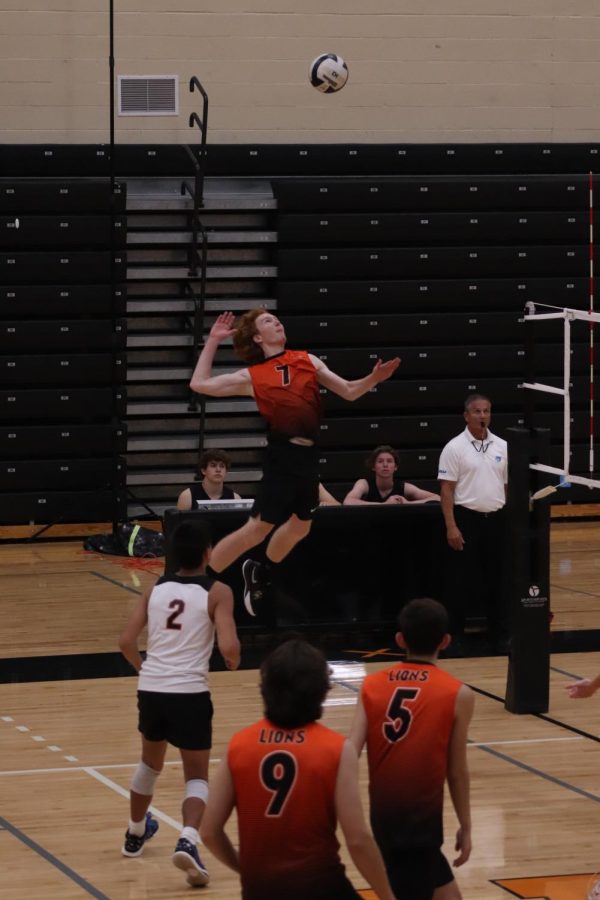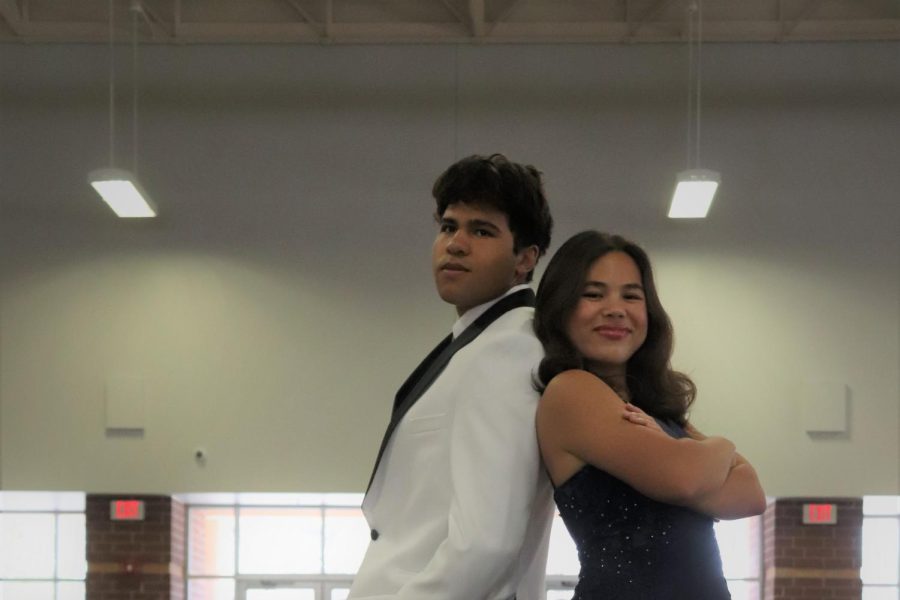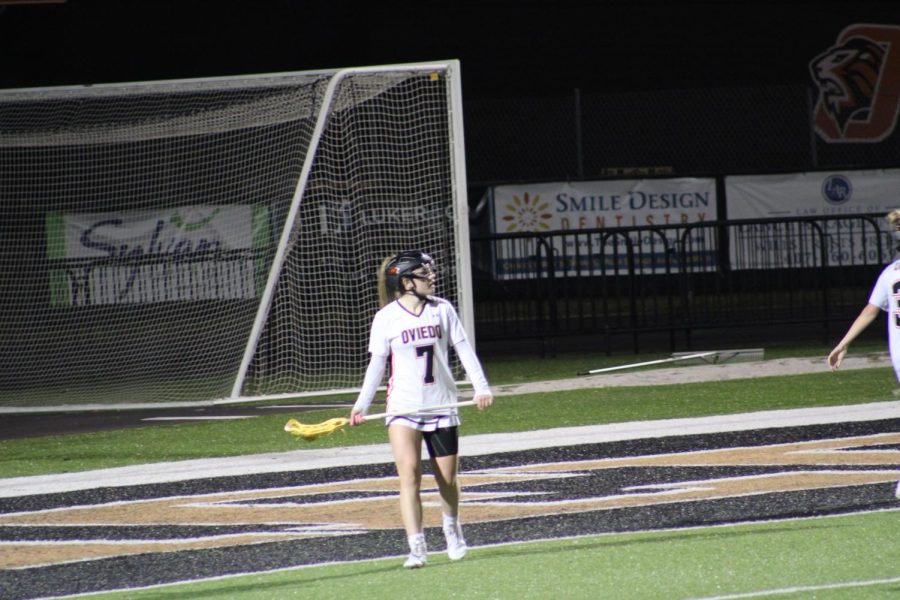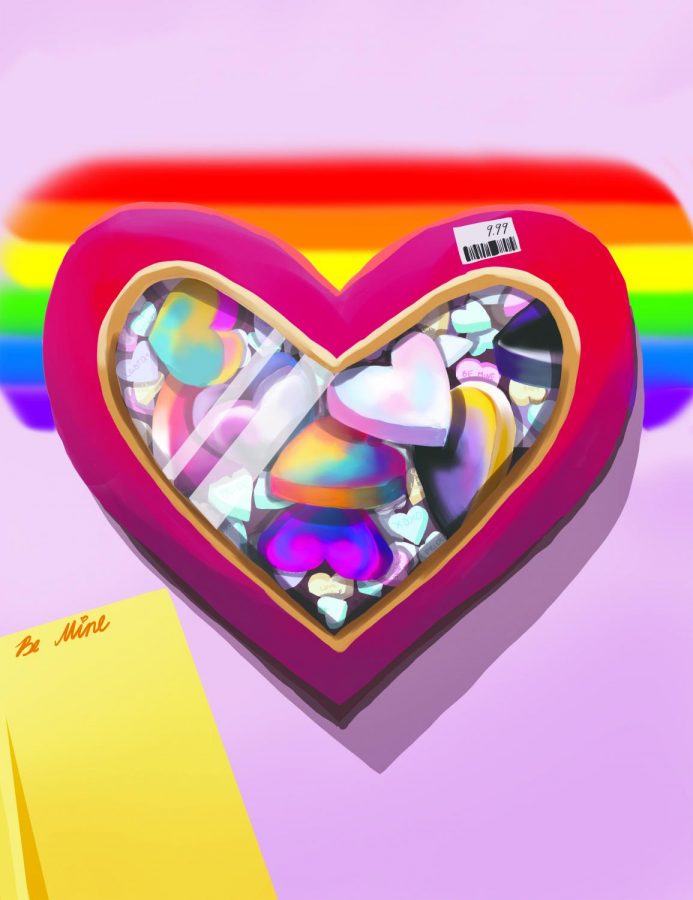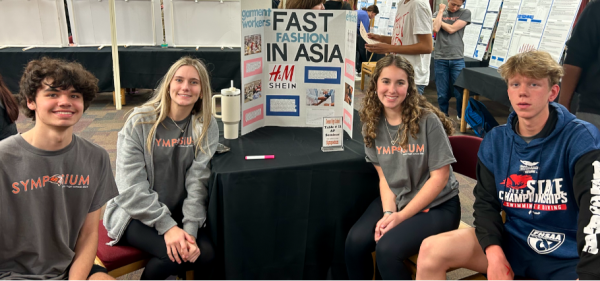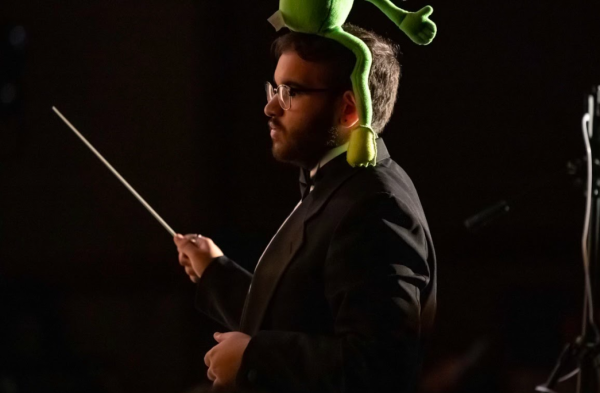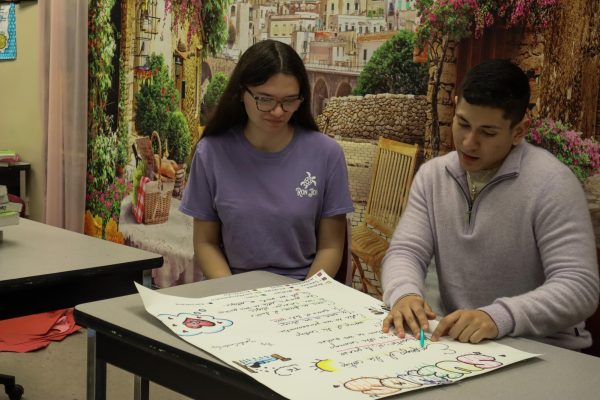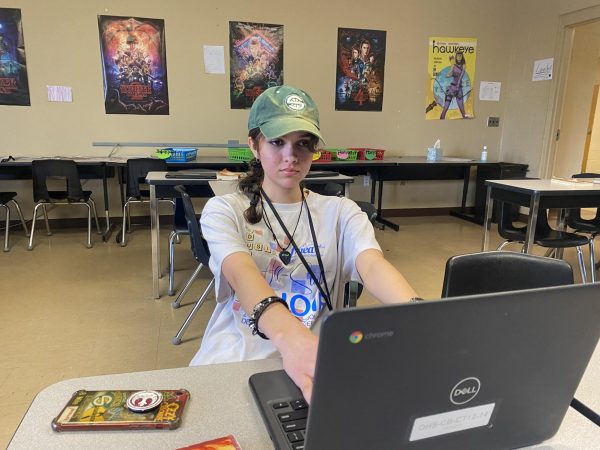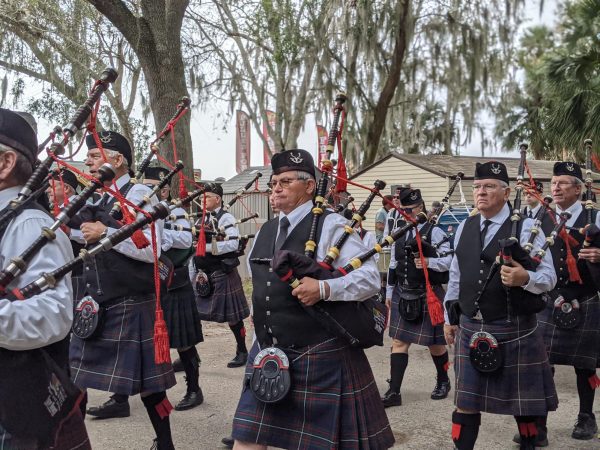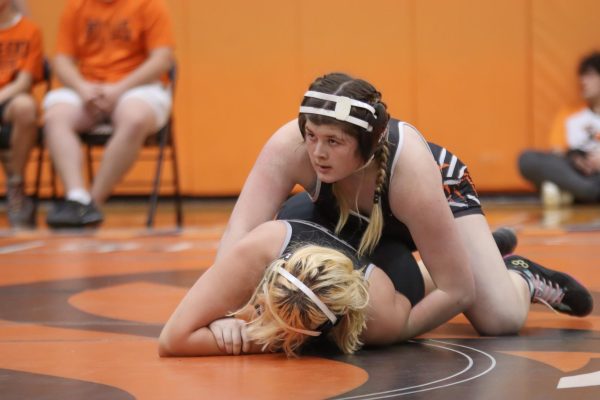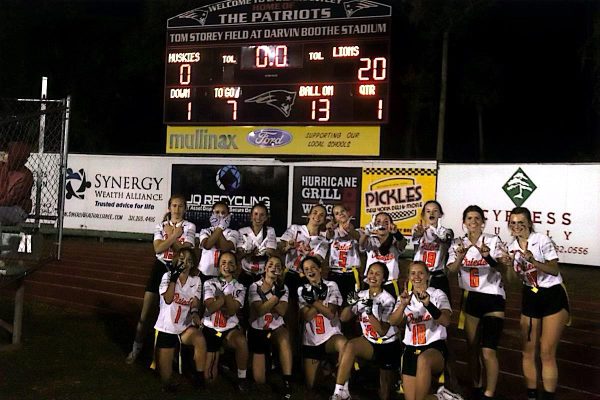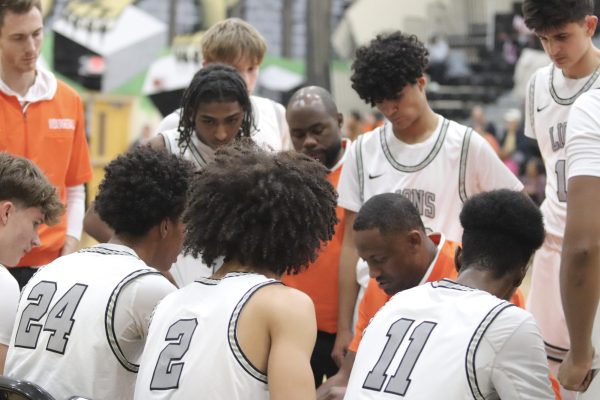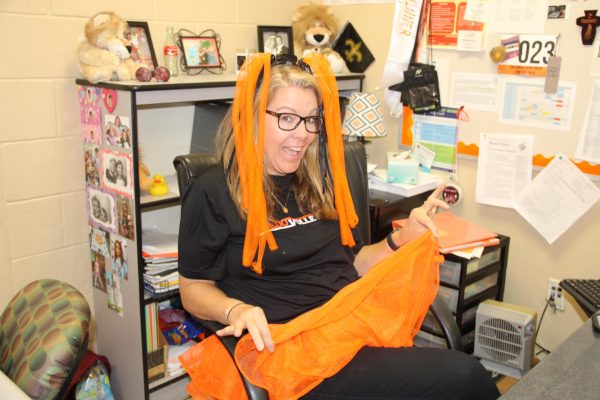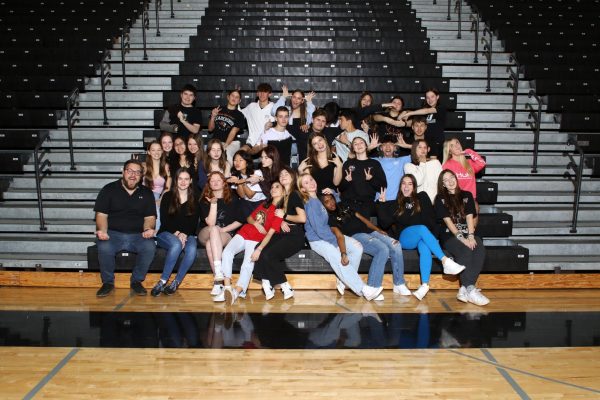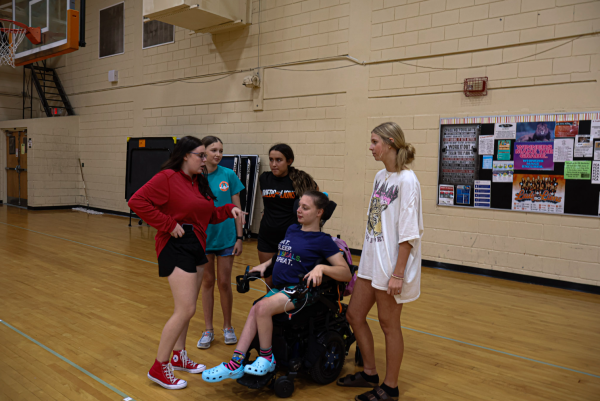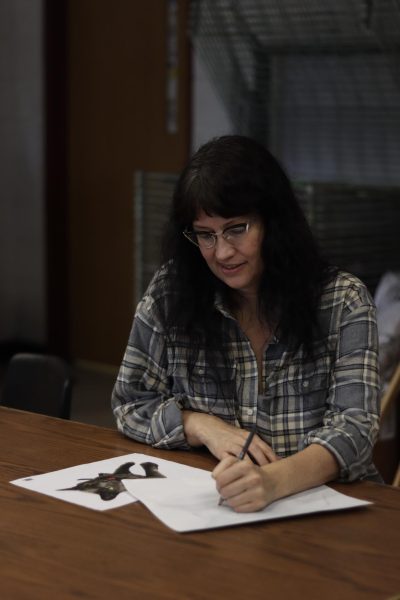Love is Love: LGBTQ+ students share thoughts on Valentine’s Day
This story was originally published in the fourth edition of The Lion’s Tale (February 7, 2020).
Valentine’s Day is a day to celebrate all things that come from the heart, but not everyone is feeling the love for this holiday. For those in the LGBTQ+ community, this day can serve as a reminder of the obstacles they have faced in dealing with the hetero-normativity that surrounds our society, such as gender dysphoria or pronoun issues. Valentine’s Day is a holiday that is sometimes difficult for the queer community since advertisements usually only portay heterosexual relationships and only have cards that are specifically “for him/her.” This can be especially upsetting for genderfluid or non-binary people.
However, the community has found a way to enjoy Valentine’s Day while still maintaining their identities, for 2020 brings a new age of acceptance, and those in the community are beginning to see advertisements and gifts with more representation.
“I just get happy when I see any representation,” said senior Miles Winterfeldt, who is transgender. “[Ads] are starting to show more for the queer community, but it’s still more mainly the majoity of heterosexuals.”
Yet the advertisements that have representation often show it in a normative way. Advertisers portray the gay or lesbian community in less accurate ways and never represent those that identify beyond the binary gender spectrum of “guy” and “girl.” This is especially true for Hallmark, a Valentine’s Day staple, which shows movies on its television channel that always seem to feature straight, cisgender, white couples falling in love.
“It’s this idyllic place that they get to exist,” said senior and vice president of the OHS Gay-Straight Alliance Connor Tenney, who is non-binary. “That’s not really fair, especially for many LGBT people that have been harassed, even assaulted in some parts in America, even here, for literally just existing.”
This has made it difficult for those that are in the community to see their love as something real, and to understand that it’s okay for them to celebrate a day of love if they aren’t in a heterosexual relationship. Especially for those that don’t identify with the traditional male and female pronouns, the heteronormativity of society is constantly projecting “him/her” themed gifts or cards for Valentine’s Day.
“You just really feel left out,” Tenney said. “It’s always been specifically for straight, cisgender couples and it’s this whole exclusive thing that they get to celebrate and we just have to sit and watch.”
However, there is an increasing number of companies that create products specifically for those in the community. With magazines explaining how to have a “genderqueer Valentine’s Day” and commercials for popular brands representing homosexual couples, there has been an increase in representation,
“It’s a little hard, but it’s gotten a lot better over the years,” Winterfeldt said. “They’re starting to show more for the queer community.”
Winterfeldt acknowledged that these businesses have made progress, although they still seem to cater mostly to hetereosexual couples. For Tenney, this misstep by advertisers is a serious missed opportunity to reach potential customers.
“In today’s world, know your crowd,” Tenney said.
With the increasing number of members in the LGBTQ+ community, the lack of representation found in advertisements makes it difficult for those who identify on that spectrum to see themselves as people. According to Tenney, it’s something that these companies still need to work on.
“Just put something in there that we can just sink our fangs into,” he said. “I just want something to eat; I’m starved of any sort of representation.”
Your donation will support the student journalists of Oviedo High School. Your contribution will allow us to purchase equipment and cover our annual website hosting and printing costs. Thank you!

